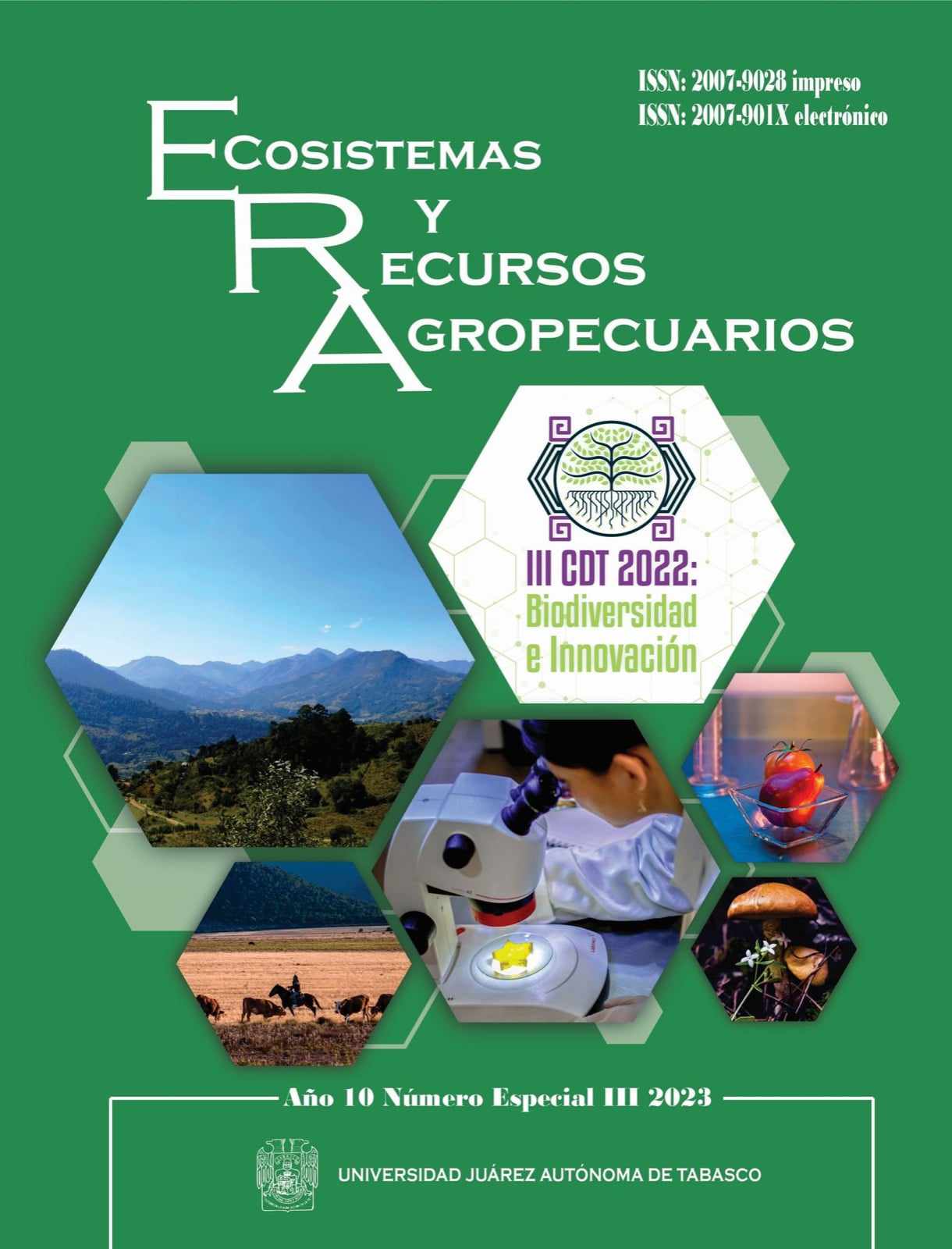Pectin extraction methods in fruits: Systematic review
DOI:
https://doi.org/10.19136/era.a10nNEIII.3728Keywords:
biopolymers, biop´lastics, galacturonic acid, extractive solutions in biopolymersAbstract
The pectin obtained from agro-industrial residues is an important source of supply, not only because the residues have a significant amount of biopolymer, but it is also a way of taking advantage of biological waste from agro-industries that generally become pollution problems for the environment or that its final disposal under adequate treatment increases production costs. Due to its thickening, gelling, stabilizing and biodegradability properties, it can be used agriculturally, in the food, cosmetic and pharmaceutical industries. For its use there is a variety of extractive methodological procedures and variants within each procedure. The objective of this review was to collect and analyze information on the industrial methods of extraction of this highly demanded raw material, focusing on the extractive phase and parameters with the greatest influence on the yield and quality of pectin extraction in fruits. The results indicate that the chemical method of acid hydrolysis without assistance was the most applied for pectin extraction, using mainly hydrochloric acid as extractive solution, applying a temperature of 90 °C and pH between 1 and 2.2, as well as a time of 60 minutes. The extractive process is strongly influenced by the values and combinations of values of the extracting solution used, the temperature at which the hydrolysis is carried out, the pH with which the process is carried out and the duration of the extraction. These factors determine the quality and yield of the pectin obtained.
Downloads
Downloads
Published
Issue
Section
License
Copyright (c) 2023 Ecosistemas y Recursos Agropecuarios

This work is licensed under a Creative Commons Attribution-NonCommercial-ShareAlike 4.0 International License.
Aviso de copyright
Los autores que se envían a esta revista aceptan los siguientes términos:
una. Los autores conservan los derechos de autor y garantizan a la revista el derecho a ser la primera publicación del trabajo con una licencia de atribución de Creative Commons que permite a otros compartir el trabajo con un reconocimiento de la autoría del trabajo y la publicación inicial en esta revista.
B. Los autores pueden establecer acuerdos complementarios separados para la distribución no exclusiva de la versión del trabajo publicado en la revista (por ejemplo, en un repositorio institucional o publicarlo en un libro), con un reconocimiento de su publicación inicial en esta revista.
C. Se permite y se anima a los autores a difundir su trabajo electrónicamente (por ejemplo, en repositorios institucionales o en su propio sitio web) antes y durante el proceso de envío, ya que puede conducir a intercambios productivos, así como a una cita más temprana y más extensa del trabajo publicado. (Consulte El efecto del acceso abierto).


